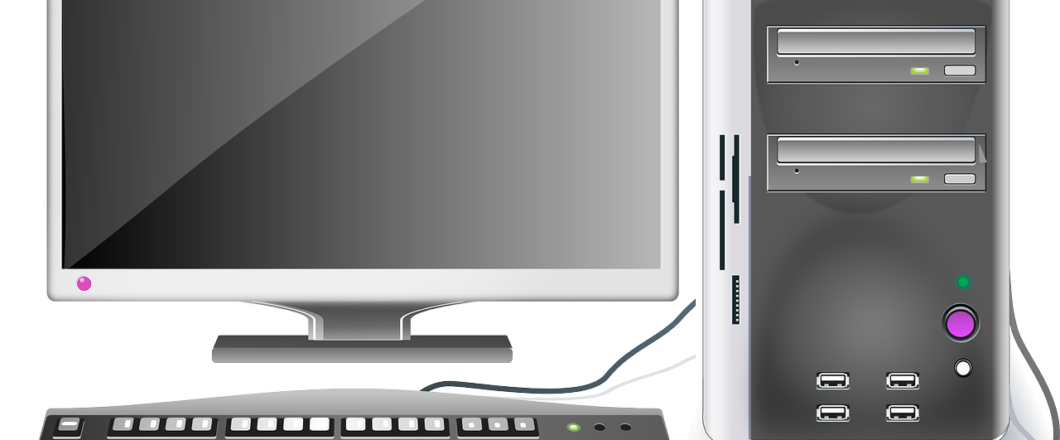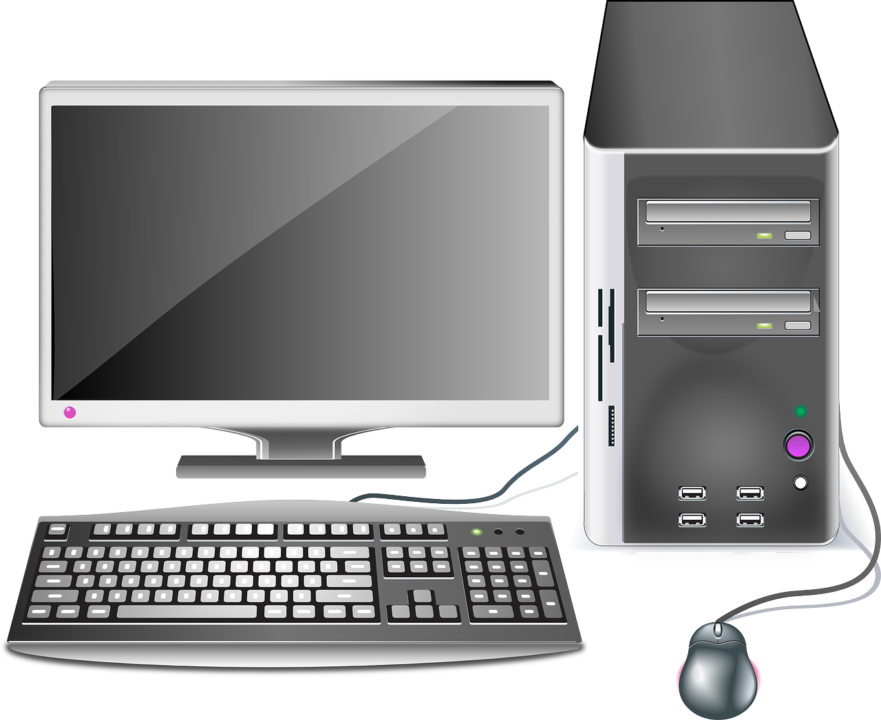

An organization which keeps on top of productivity will regularly replace PCs which have become outdated. But what are the best ways to set up a new PC?
A new PC should instantly bring a boost to productivity to its user, but there’s always room for improvement. The complexity of hardware and software mean that it’s virtually impossible to get a PC’s configuration exactly right, especially the first time that it’s started up. However, there are a few useful tips which can help your organization maximize the functionality of its new PCs from day one. It’s merely a question of understanding the procedures behind this and then taking the time to implement them.
Luckily, we’ve decided to save you some time by outlining five useful tips for setting up a new PC.
Getting Your New PC Up to Speed

If you want to get your PC set up correctly and effectively, make sure you are mindful of these best tips:
- Check for Updates: While a new PC is ‘new’ it’s not completely new as its likely been sat in a warehouse for some time before being shipped. As a result, there are likely to be new updates available for not just Windows, but many of the applications pre-installed on the PC. Therefore, one of the first things to do is check for Windows Updates. You can then install these updates to ensure your new PC is as secure and productive as it should be.
- Run Your Antivirus Software: It’s not unheard of for new PCs to be pre-infected with malware before they leave the factory. Accordingly, it makes sense to run your antivirus software before a new PC is connected to the internet. This strategy ensures that your PC has the best chance of entering your network with the minimum security risk.
- Select Your Default Browser: Connecting to the internet is an important part of business life these days, but there are several options when it comes to browsing the internet. As an organization, it’s useful to adopt a company-wide default browser. Not only does this allow technical issues to be minimized, but it makes training much simpler. So, once a PC has been started for the first time, make sure you apply the default setting to your preferred browser.
- Check Existing Hardware is Compatible: A new PC doesn’t mean that you have to replace each and every piece of associated hardware. A mouse, for example, should be fine to keep and connect to your new PC. However, these pieces of hardware may not always be compatible with a new PC or operating system. Therefore, take the time to test existing peripherals to confirm if they can be transferred over or need replacing.
- Set Power Options for Laptops: If you are dealing with a new laptop then you need to make sure that its power options are optimized. Your employees are unlikely to be proficient in fine tuning this to provide maximum battery life, so make a point of implementing the best settings for them.
For more ways to secure and optimize your business technology, contact your local IT professionals.
Read More


